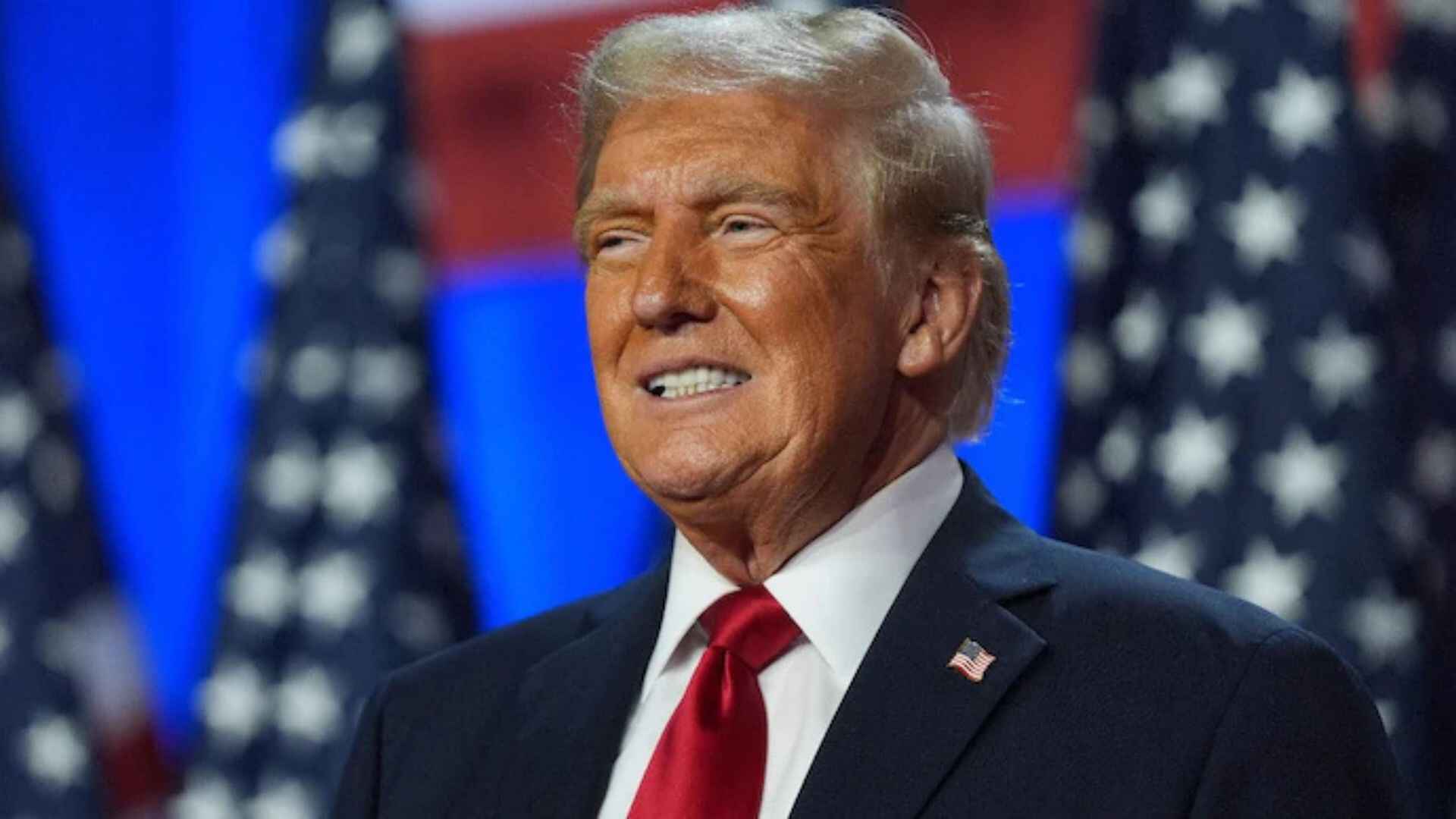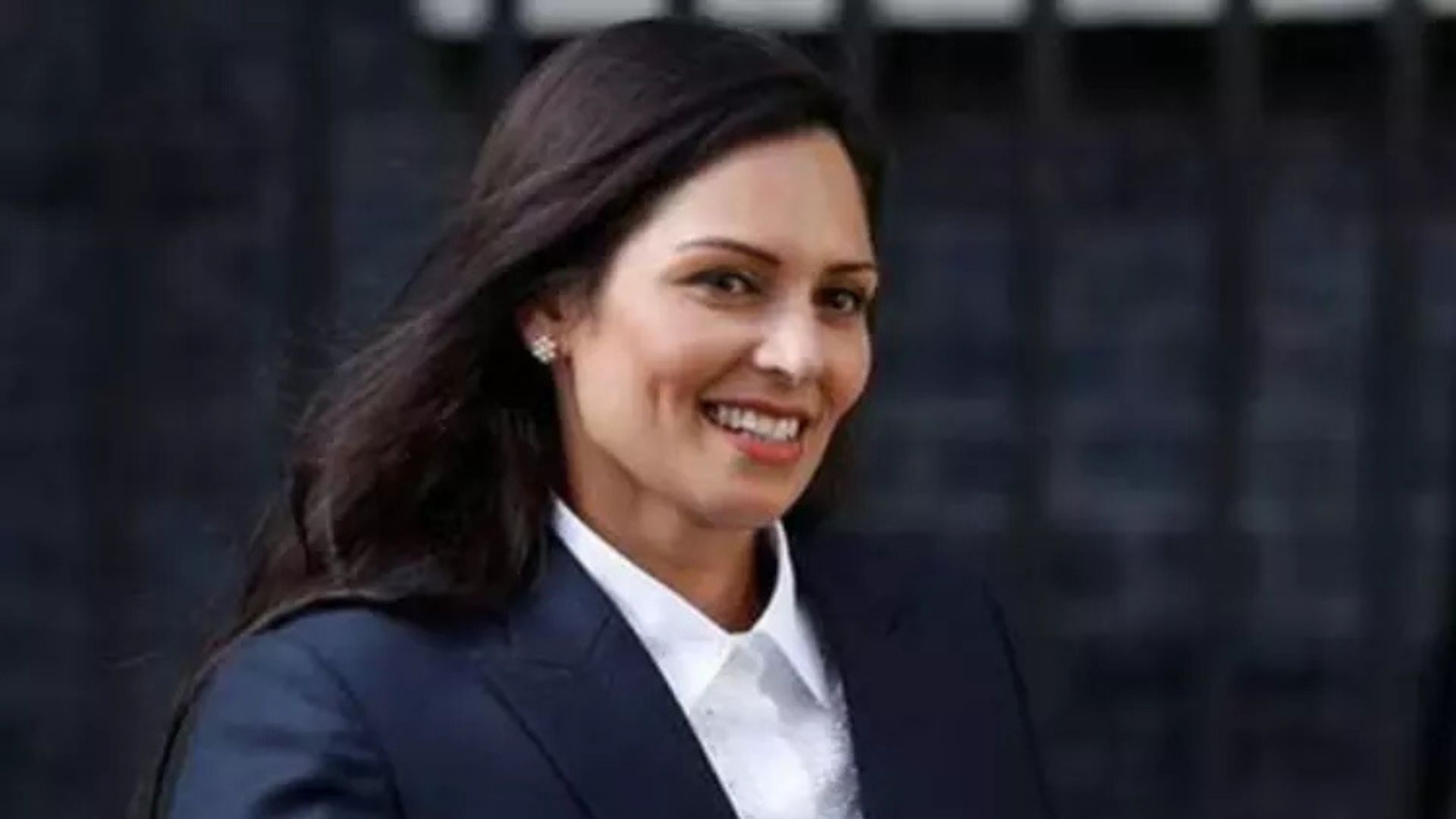Last week when the Gujarat High Court became the first court in the country to formally start live streaming of proceedings, one realised how some of the most revolutionary steps often get stuck not because these can’t be done but because there’s a natural human—and even institutional—tendency to be comfortable with status quoism. What several committees, reports and recommendations over decades failed to do, a pandemic has done without any fuss!

 File photos of the Supreme Court (top) and the Gujarat High Court (above).
File photos of the Supreme Court (top) and the Gujarat High Court (above).
Chief Justice of India N.V. Ramana, on the occasion, announced that steps would soon be taken to replicate this in the Supreme Court as well. But why just the apex court, this Gujarat model needs to be applied in all courts across the country.
The Gujarat High Court’s decision to go ‘live’ is laudable for both constitutional as well as practical reasons. Constitutionally, as Justice Ramana said, it would, fulfilling the spirit of Article 19 of the Constitution, “allow the people access to… the functioning of these institutions”. A vibrant democracy needs informed citizenry. It is only on the basis of an informed citizenry that a “representative democracy can survive and evolve”, as he said.
But at a more practical, ‘aam aadmi’ level, the move is revolutionary. It eases their lives, makes things less arduous while dealing with court cases. As a Delhi-based friend of mine said after hearing the Gujarat High Court move, “Wish Calcutta courts, too, follow it!” The gentleman has been fighting a property dispute case in Kolkata for years, and he doesn’t know how and where the case is moving! “I get to know only what my lawyer tells me. That’s quite problematic,” he added.
The judicial opportunity came at the time—and because—of a humongous global crisis. The change we are witnessing everywhere, from the educational field to the judicial arena, is because Covid-19 has forced us to rethink and change our ways. In the ‘new normal’, things as usual just won’t work. Given the situation where the option was to either down the shutters or reorient itself, the judiciary took the second option and, to its credit, in no time made a swift digital turn.
A day before the lockdown was announced on 24 March 2020, the Supreme Court switched to digital hearing of “urgent matters”. Almost overnight, video conferencing facilities were put in place, keeping in mind Covid protocols of social distancing. Courts allowed e-filing of documents, and digital payment systems were set up to let court fees be paid at the click of a mouse. Even the then Chief Justice of India S.A. Bobde acknowledged last year that Covid-19 gave impetus to the changes brought in during the lockdown period—the changes which the judiciary had been deliberating for decades without much success.
One can understand—and appreciate—the judiciary’s digital giant leap forward from the fact that the e-courts project was launched way back in 2005 to digitise court records. In 2017, an attempt was made to make the Supreme Court paperless, but in the absence of an efficient e-filing system, it failed. Similarly, e-filing has been in the pipeline for almost two decades. Everyone knew the importance of going digital, paperless, but the impetus was missing. The pandemic provided that urge, that urgency!
At this point, it needs to be reiterated that several courts across the world, including the US Supreme Court, the UK Supreme Court, the Court of Appeal of the UK and the International Criminal Court, enable public viewership of proceedings through live streams or similar technology.
LOOKING BACK
Here, however, it must be said that the judiciary in India, especially higher courts, have had an impressive journey over the decades. It evolved with the passage of time to take up the role as the final arbiters of constitutional disputes, and has shown the courage and aptitude to overturn not only ordinary law enacted by a legislature, but, after the 1973 Kesavananda Bharati case, also constitutional amendments, which in its view violates the “basic structure” of the Constitution.
The Indian judiciary, especially the top court, has come a long way from the days of George Gadbois, the American expert of Indian “jurimetrics”, who, after conducting over 116 interviews with more than 66 judges of the Supreme Court, 19 of whom held the position of Chief Justice, offered a generic profile of an Indian judge: A man in his late 50s, mostly hailing from an influential Hindu family, well educated and with little or no involvement with the national movement. But more specifically—and disconcertingly—Gadbois exposed the growing executive tendency to get a “committed” judiciary in place, especially since the 1970s. He, for instance, learnt how one Madras High Court Chief Justice couldn’t make it to the Supreme Court after Mrs Indira Gandhi discovered that he had attended the funeral of RSS leader M.S. Golwalkar!
Worse, the appointment of a judge to the Supreme Court wasn’t just on the basis of ideology, but also region, religion, caste and gender. And, of course, it was often the result of personal idiosyncrasies of those in power. The appointment of Justice A.N. Ray, who infamously superseded three senior judges who had voted against the government in the Basic Structure case, is a perfect manifestation of the political interference. Interestingly, when Godbois asked him during an interview how he would recommend an appointment, Justice Ray said matter-of-factly: “Oh, he must be from a good family.” To this Godbois said, “Doesn’t that sound like a matrimonial ad?” Justice Ray said nothing further but smiled.
Justice Leila Seth, in her memoirs, talked about religious and gender issues influencing the appointment of a Supreme Court judge. Justice Seth lost out to Justice Fathima Beevi in her endeavour to join the Supreme Court, despite the support of two Chief Justices of India. She recalled in her memoirs, On Balance, that Justice Beevi had lobbied for the position on the ground that “she would be the first Muslim woman in the world to be a judge of a Supreme Court”, and that she would also be the only Muslim judge in the country at that time.
Justice Seth’s assessment of Justice Beevi’s appointment was scathing. She wrote, “It showed that lobbying worked. It showed politics worked. It showed that the misuse of religion worked. Above all, it showed that every decent convention could be broken and that merit was no consideration.”
Abhinav Chandrachud, a Bombay High Court advocate and a well-known author of the 2018 book Supreme Whispers, writes how after 1971, the method of appointing judges changed in three ways. One, where political appointments in earlier years had been made only on the basis of political patronage or regional or religious consideration, after 1971, the government started looking for “committed” judges. Two, the extent of executive interference in judicial appointments increased many-fold. Three, there was a growing tendency in the government to corner the judiciary by using means of supersessions and transfers.
Today, after introducing a series of reforms, the Indian judiciary, especially the apex court, has overcome these challenges to a great extent. With the advent of the collegium system, despite its limitations, the ideology of a judge is no longer a deciding factor in judicial appointments. And over the years, it has not only strengthened the walls of its autonomy vis-à-vis executive and legislative encroachments, but also, especially after the advent of the PIL phenomenon, taken a proactive role in shaping the journey and character of the Indian republic.
The Gujarat High Court’s decision to formally start live streaming of proceedings is another big and truly momentous step towards the much needed judicial reforms. One hopes other courts in the country, including the Supreme Court, follow suit without delay. For, we have already deliberated too much over the issue. It’s time for action. More so in the ongoing pandemic times!







